




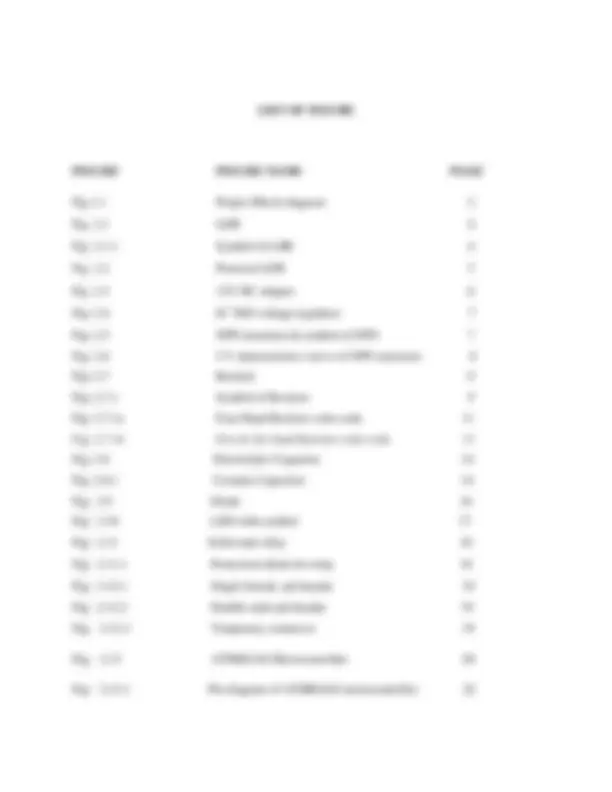
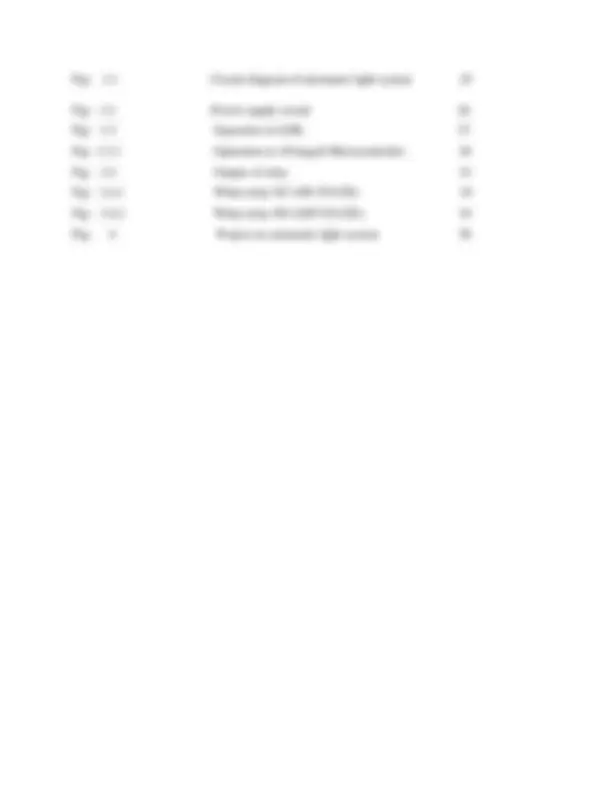
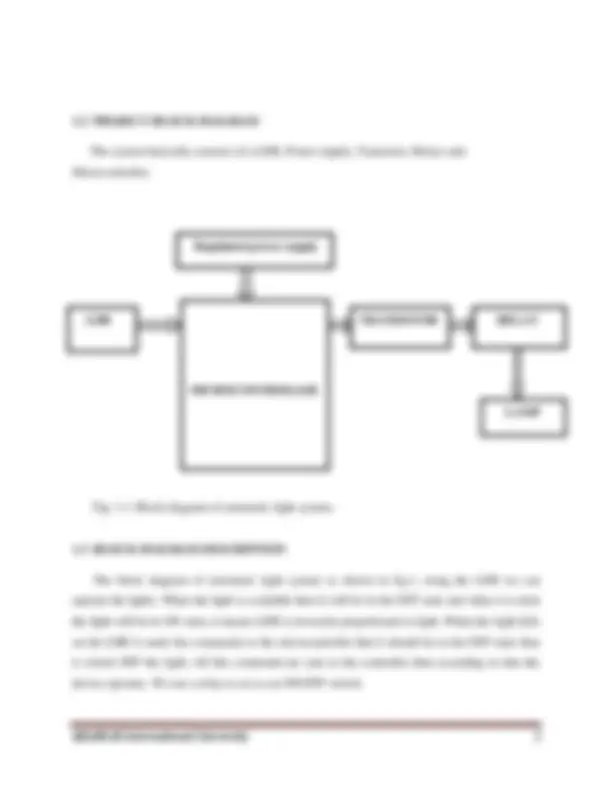
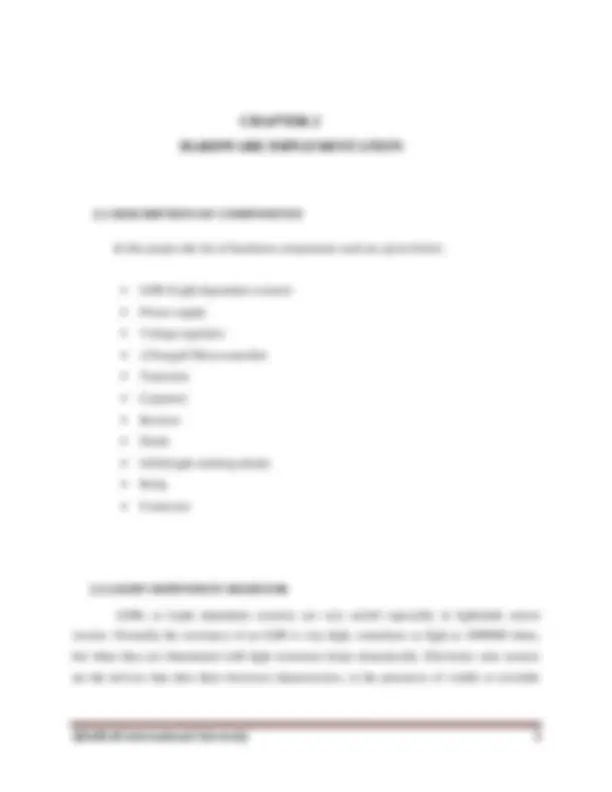
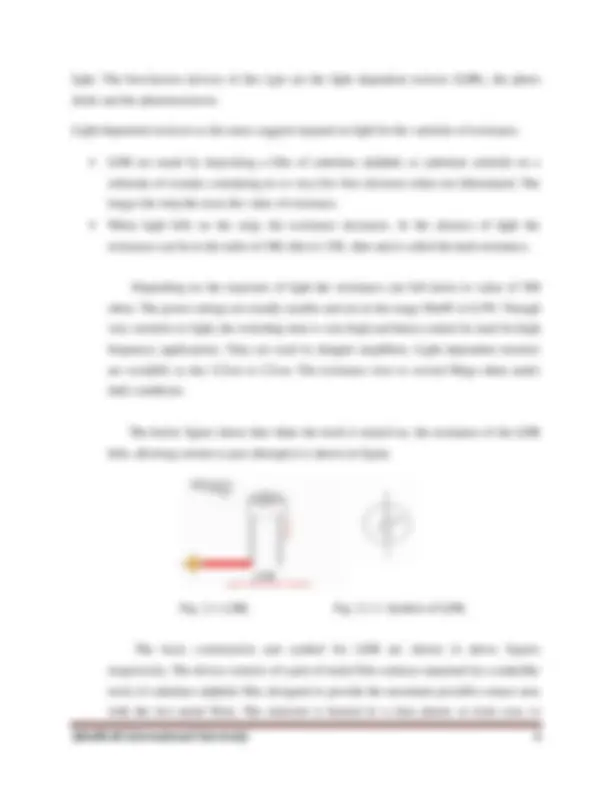
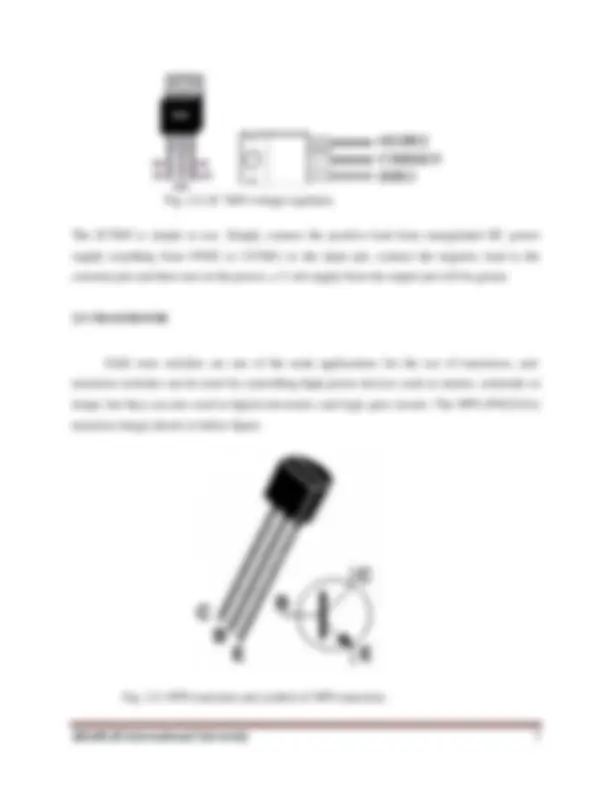
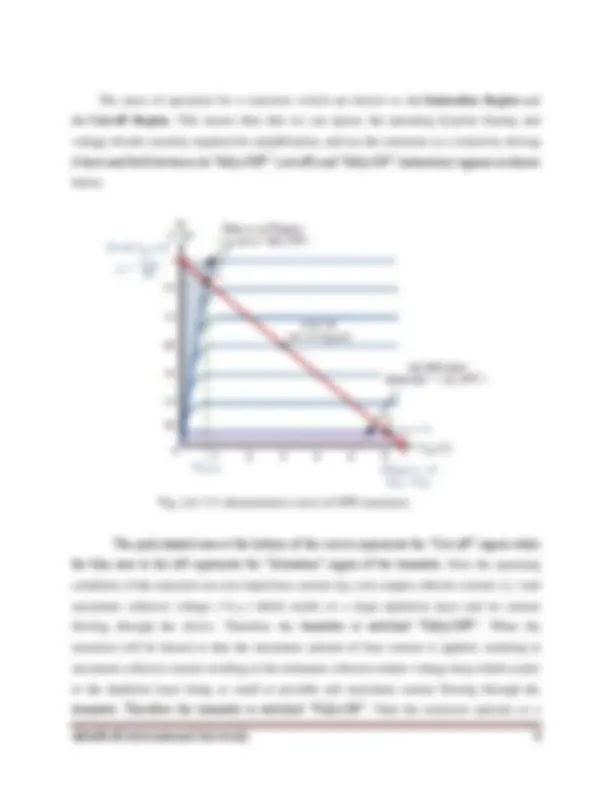
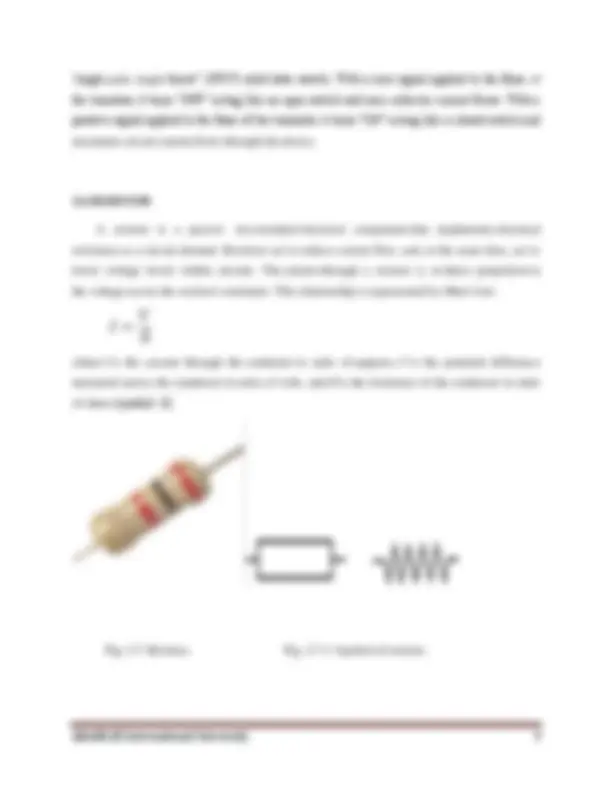
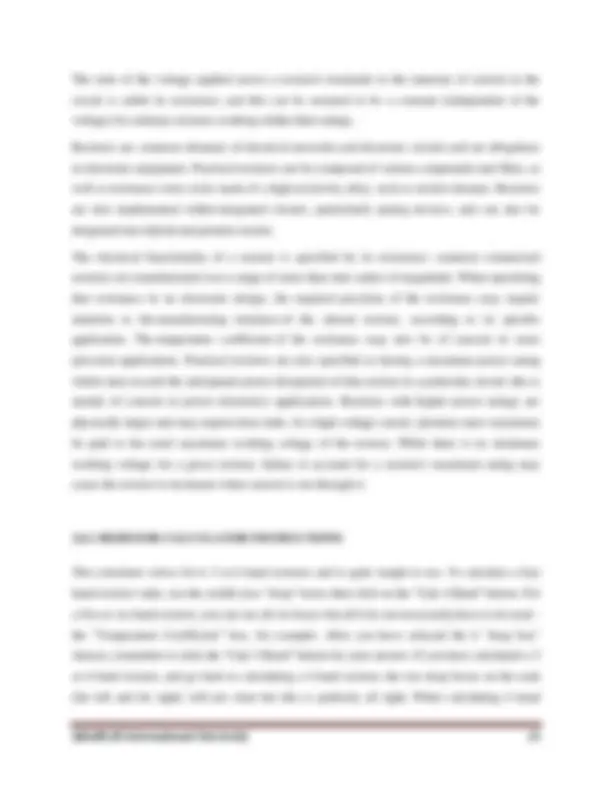
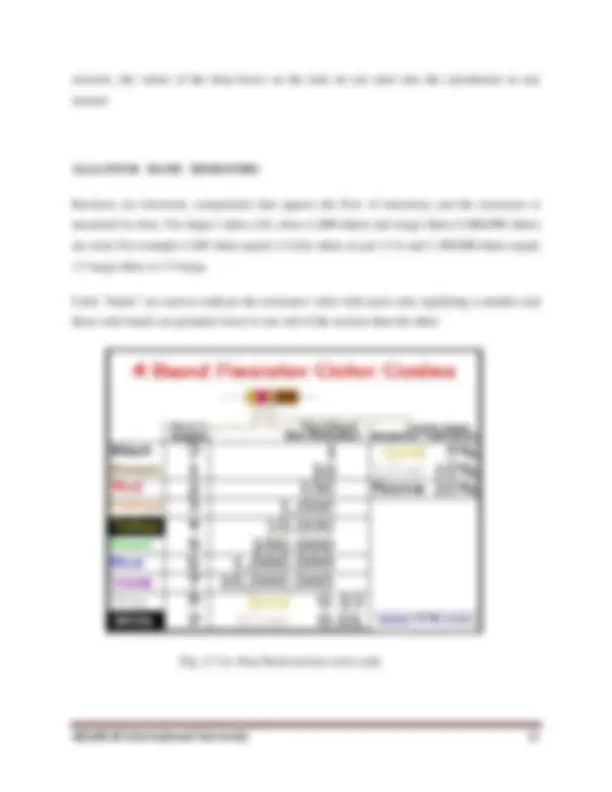
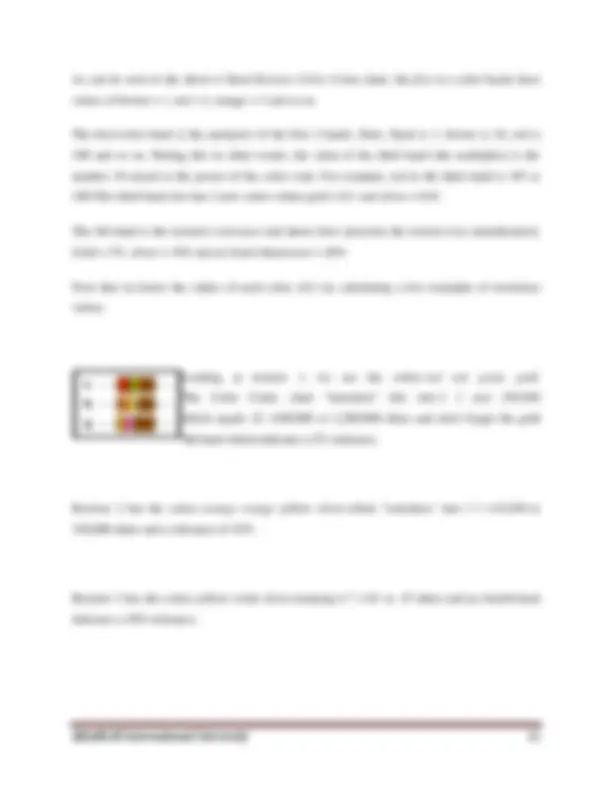
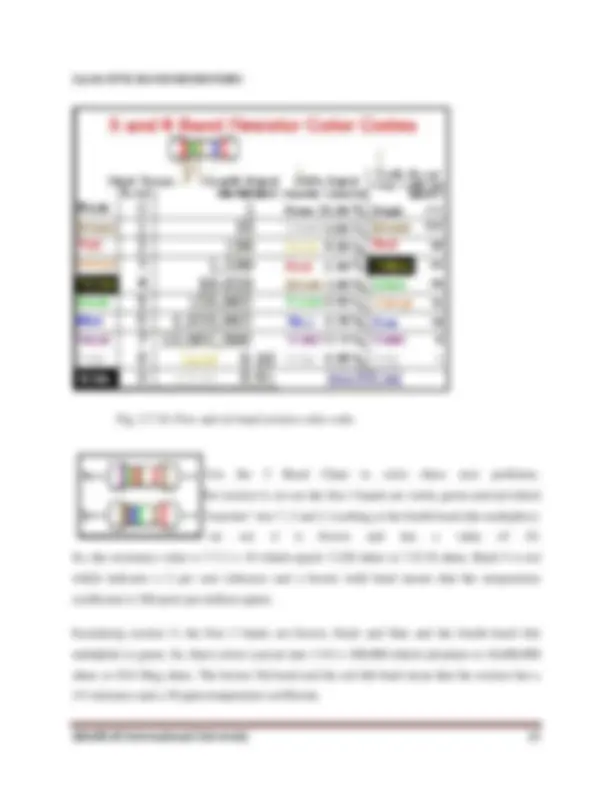
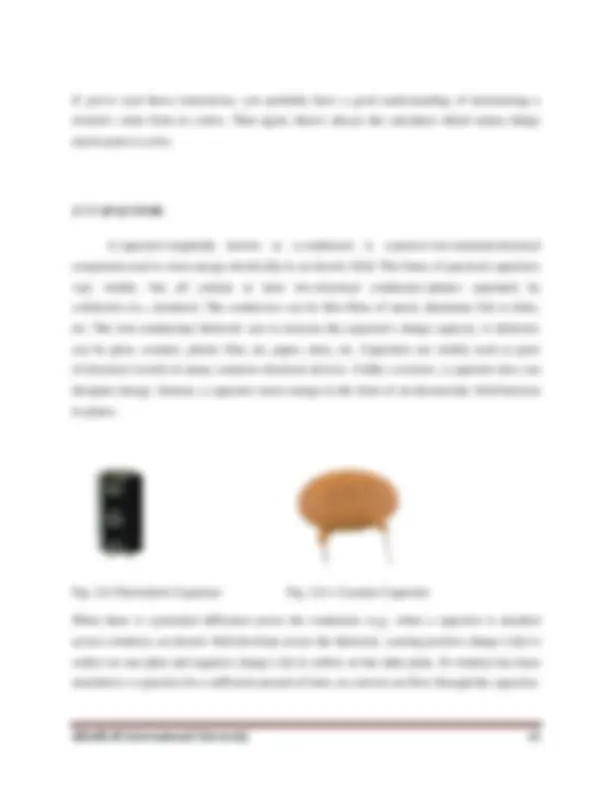
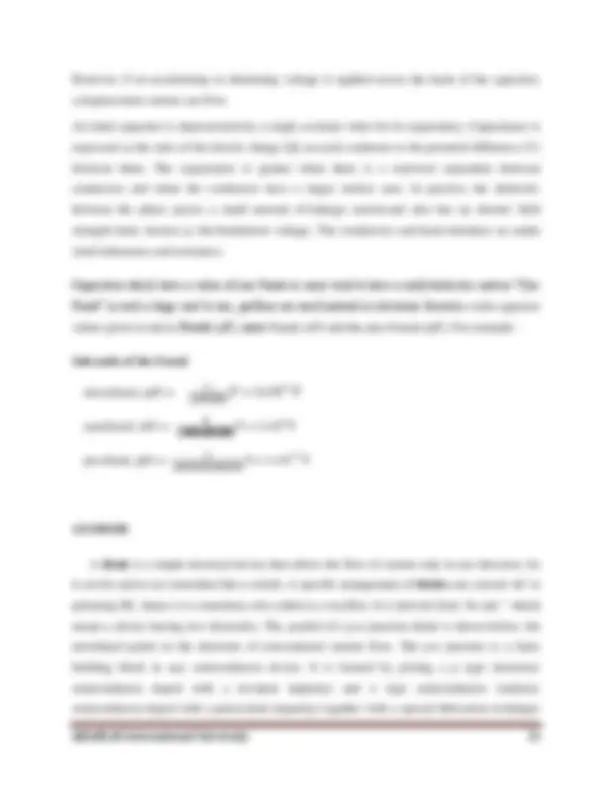
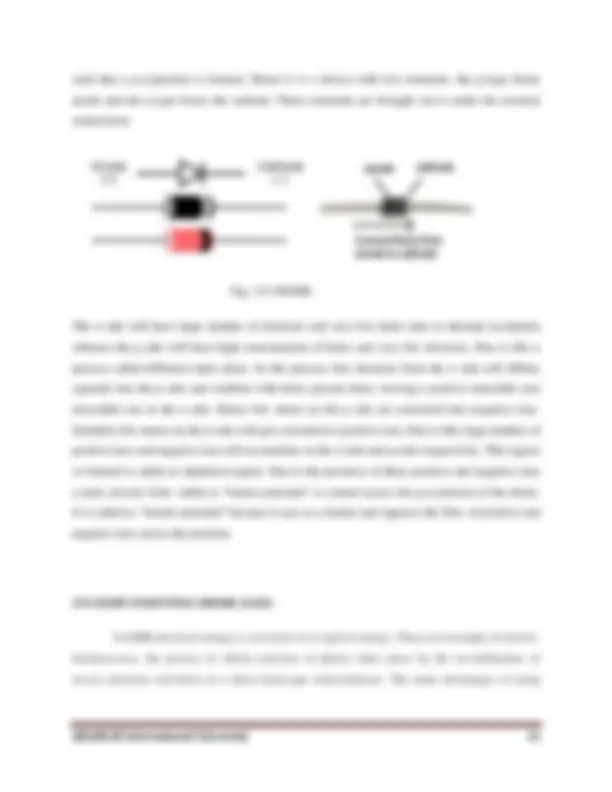
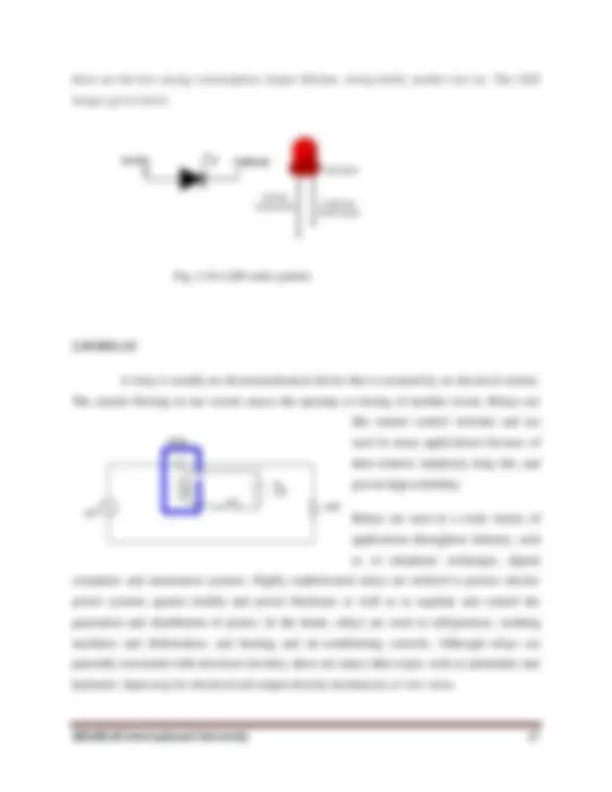
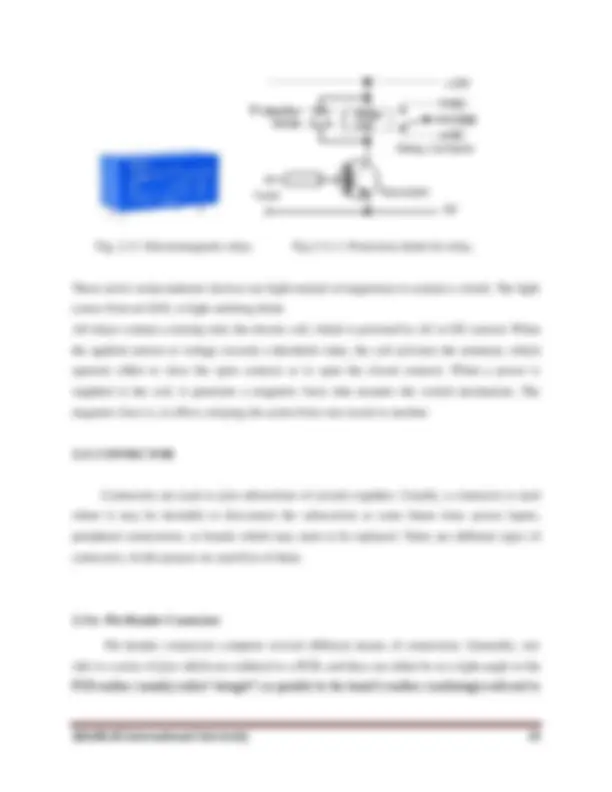
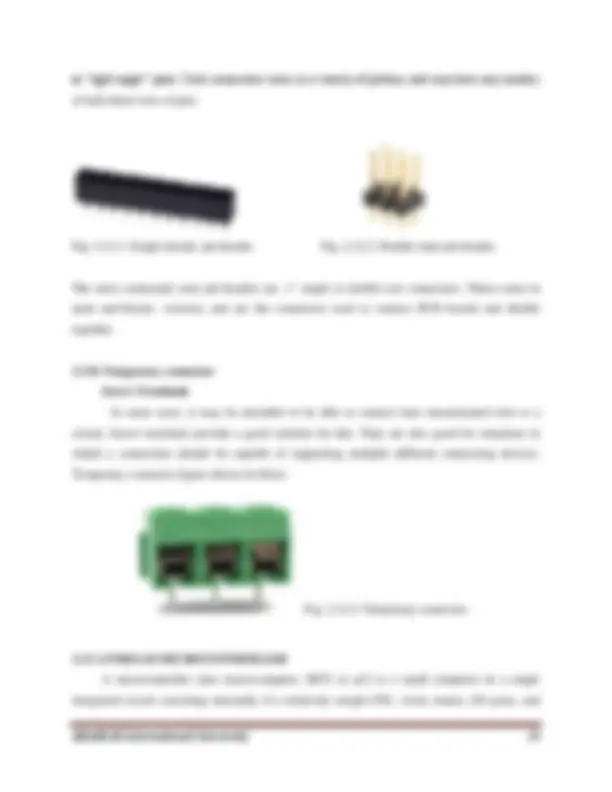
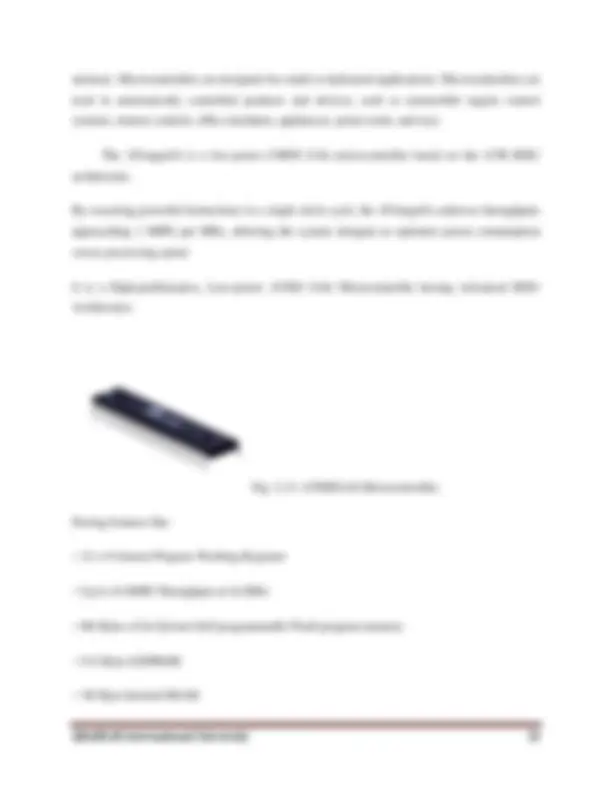

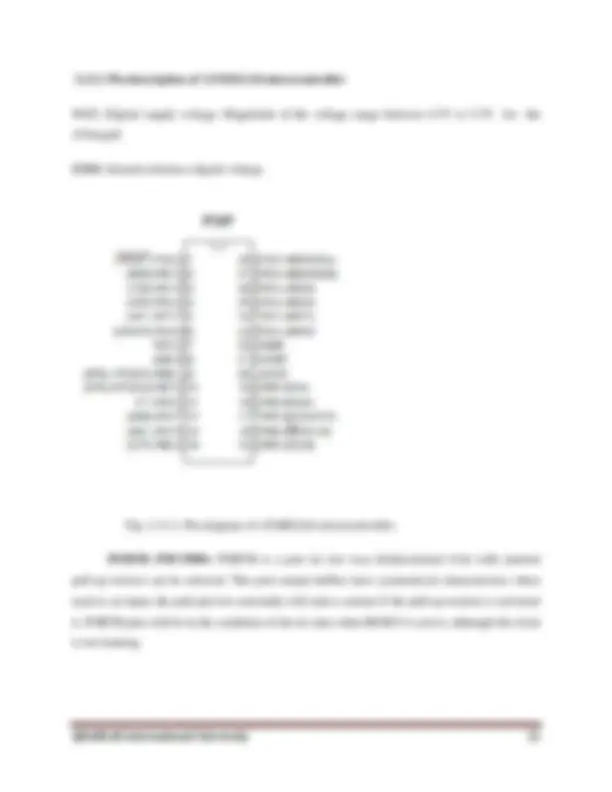
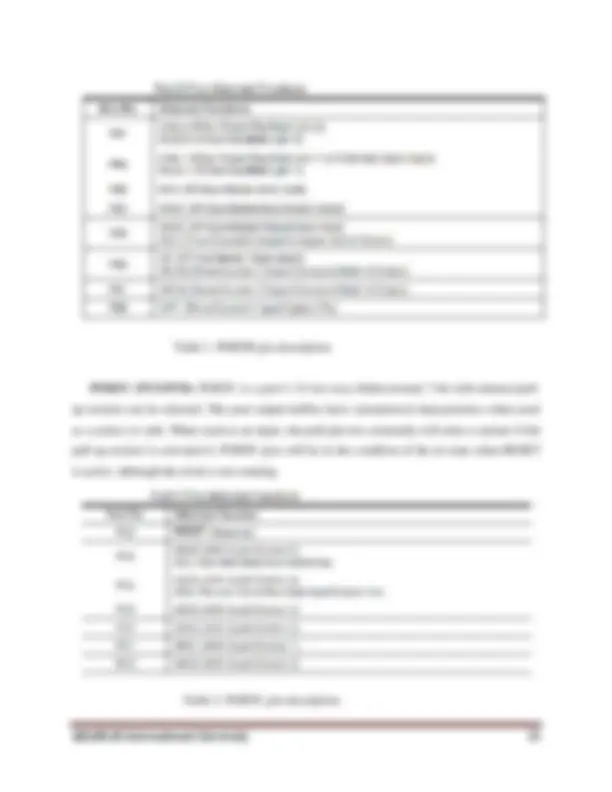
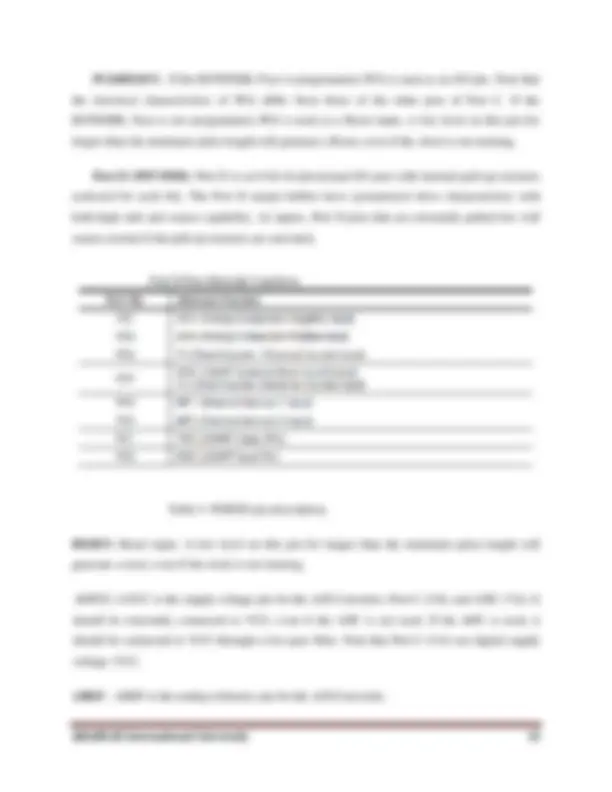
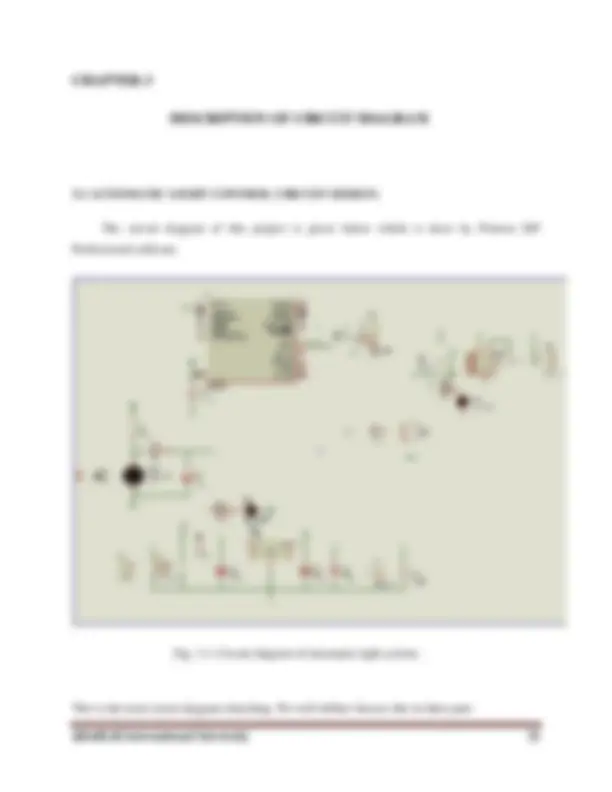
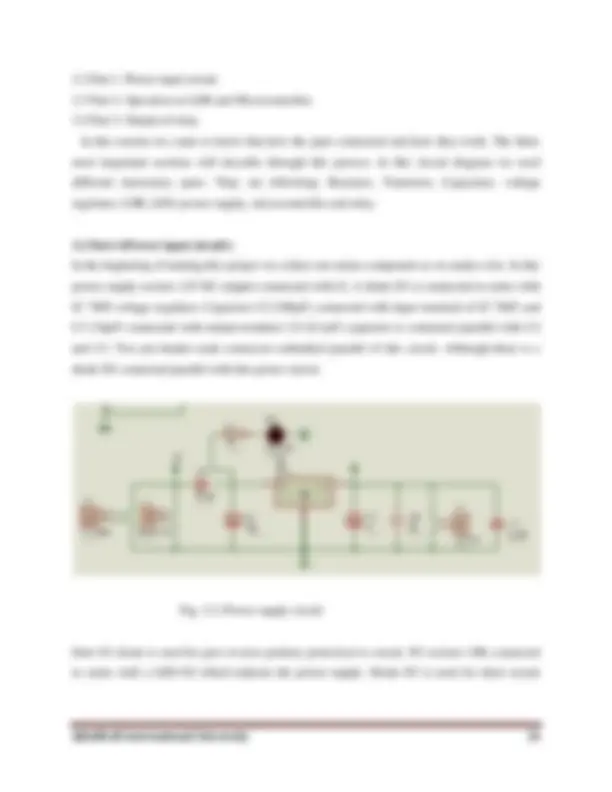
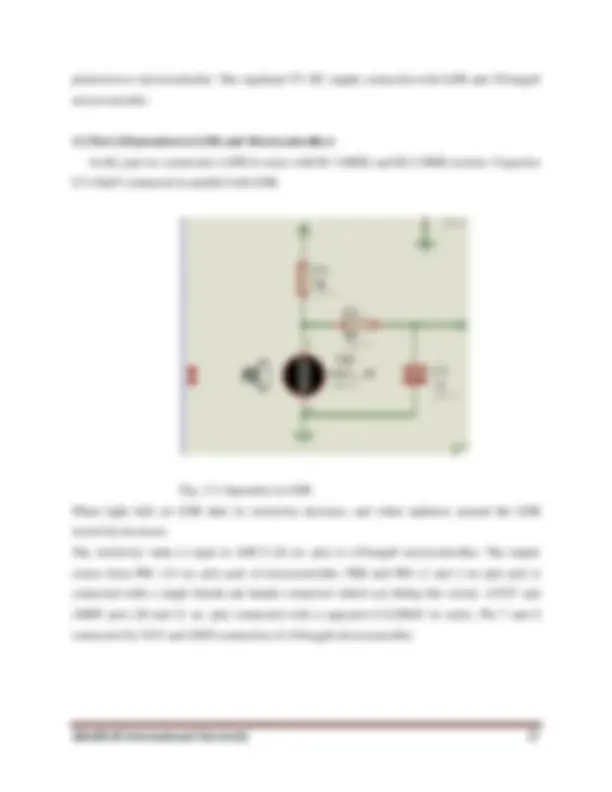
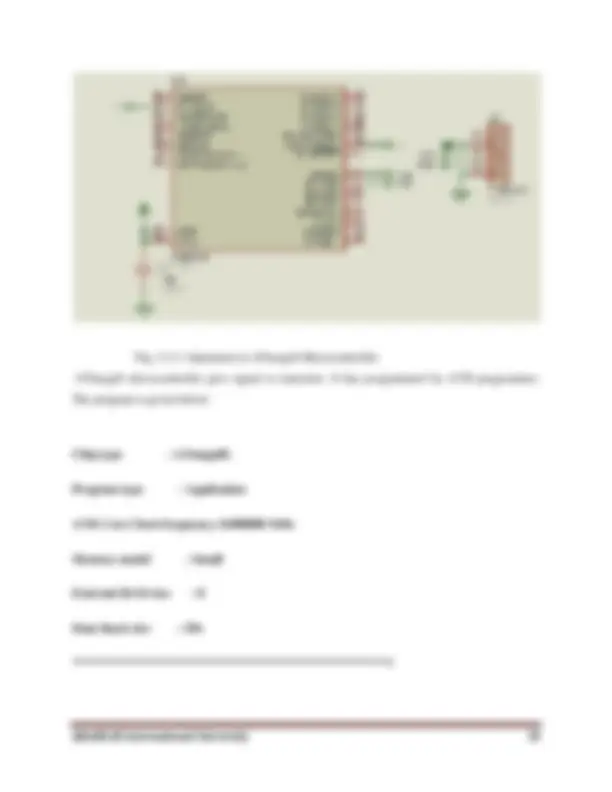




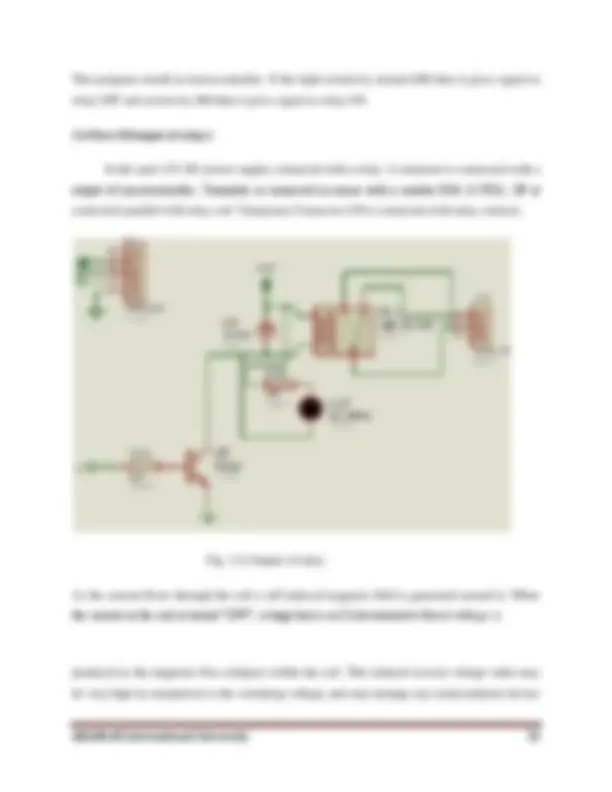
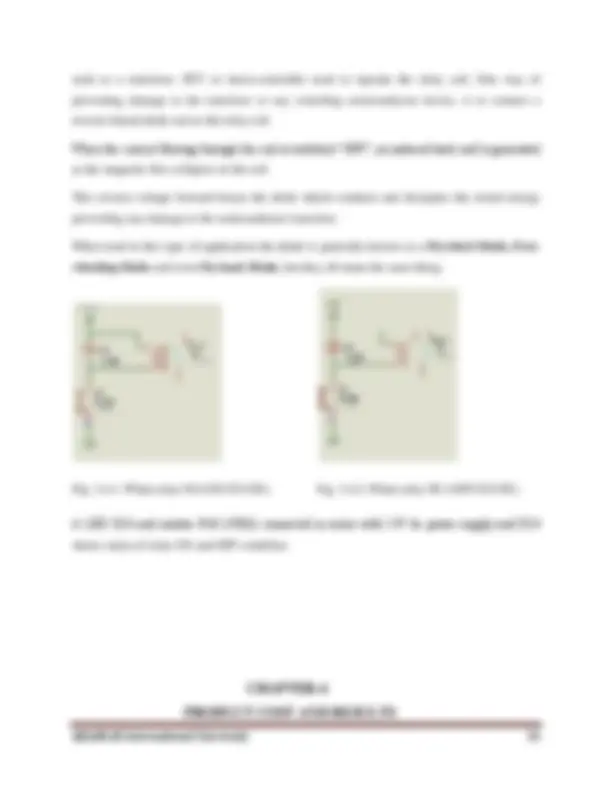
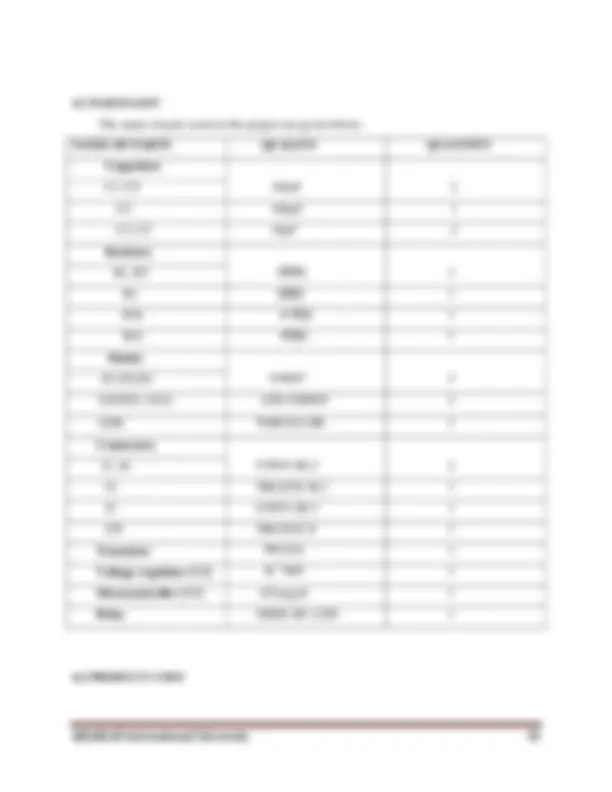
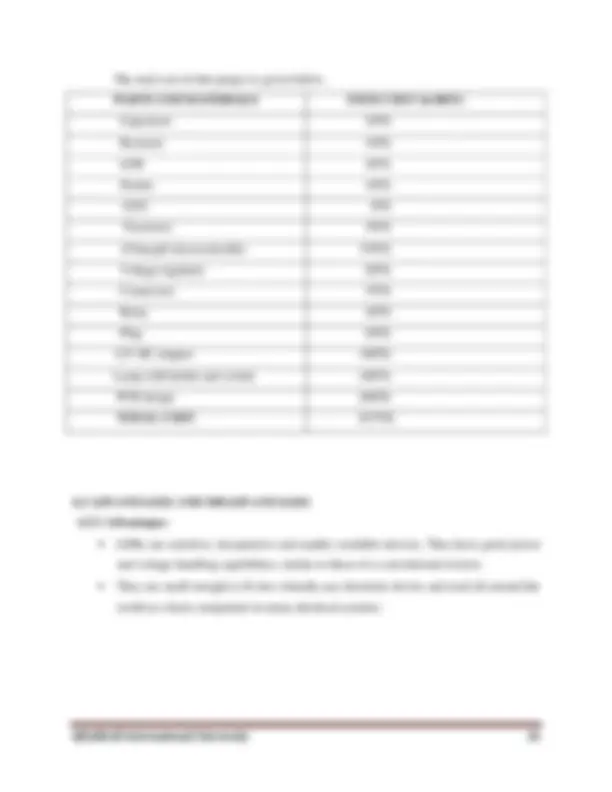
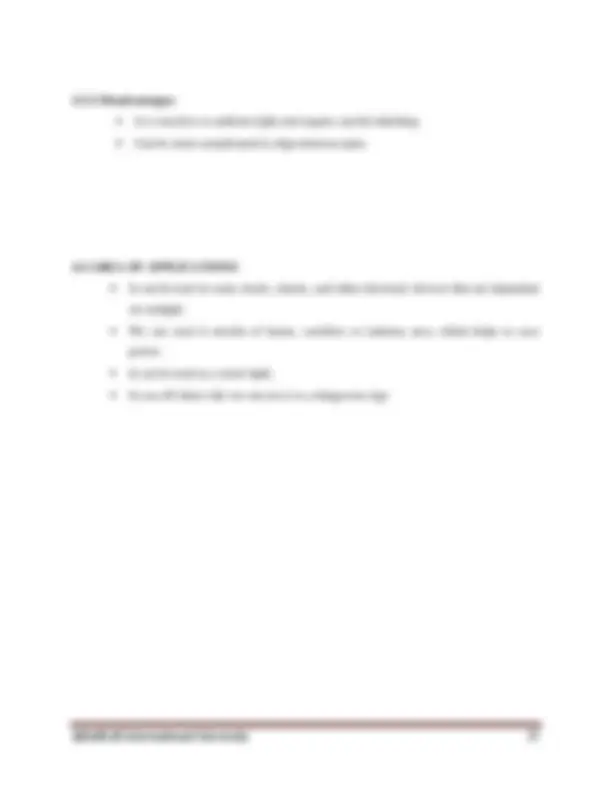
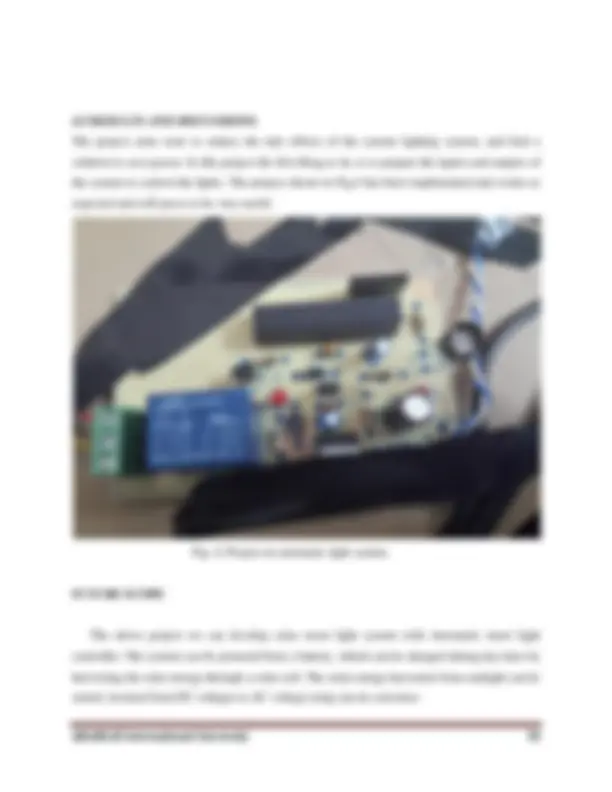
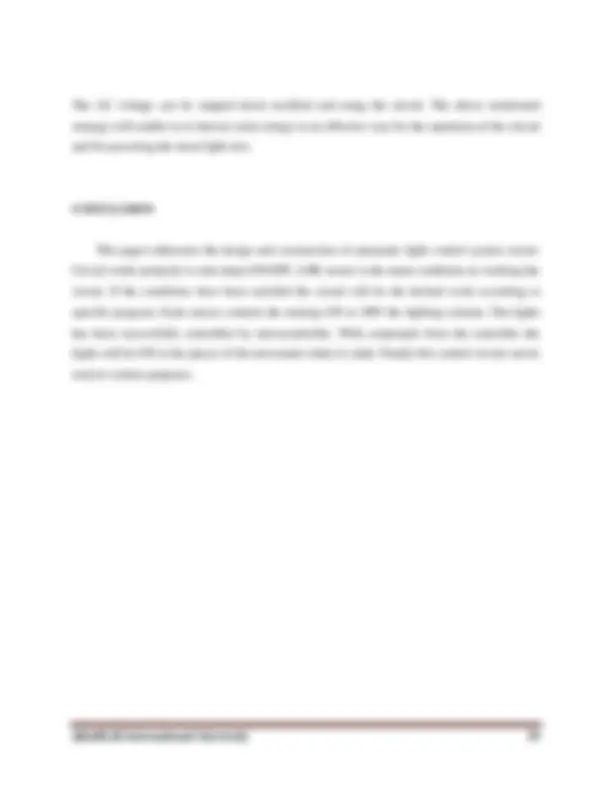
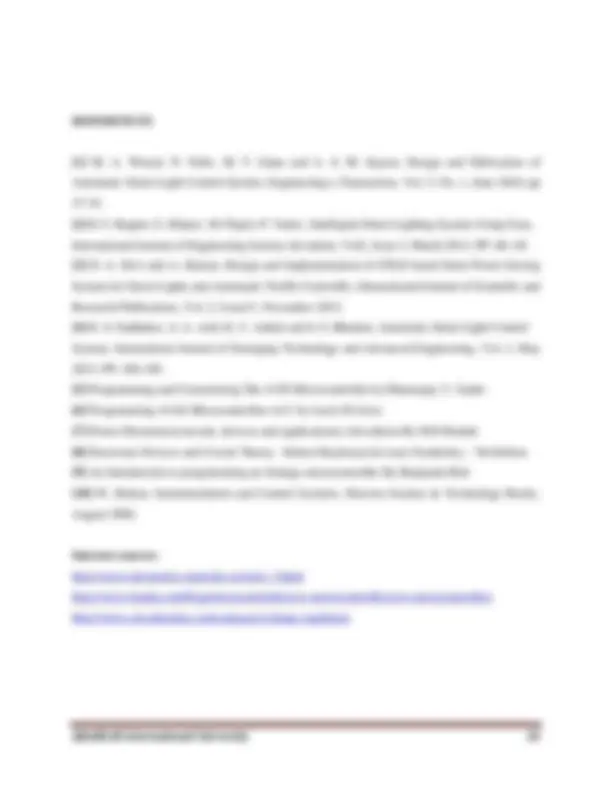



Study with the several resources on Docsity

Earn points by helping other students or get them with a premium plan


Prepare for your exams
Study with the several resources on Docsity

Earn points to download
Earn points by helping other students or get them with a premium plan
Community
Ask the community for help and clear up your study doubts
Discover the best universities in your country according to Docsity users
Free resources
Download our free guides on studying techniques, anxiety management strategies, and thesis advice from Docsity tutors
Automatic Light Control via micro controller
Typology: Essays (university)
1 / 52

This page cannot be seen from the preview
Don't miss anything!













































Daffodil International University
“THIS REPORT PRESENTED IN PARTIAL FULFILLMENT OF THE REQUIREMENTS FOR THE DEGREE OF BACHELOR OF SCIENCE IN ELECTRICAL AND ELECTRONIC ENGINEERING” JUNE 2014
This project titled “ Automatic light control by using microcontroller based LDR ”, submitted by Farzana Yasmin and Md. Al Muhaimin Sarkar to the Department of Electrical and Electronics Engineering, Daffodil International University, has been accepted as satisfactory for the partial fulfillment of the requirements for the degree of B.Sc. in Electrical and Electronics Engineering and approved as to its style and contents. The presentation has been held on.
Professor Dr. M. Shamsul Alam Dean and Professor Department of EEE Faculty of Engineering Daffodil International University
Dr. Md. Fayzur Rahman Professor and Head Department Of EEE Faculty of Engineering Daffodil International University
DEDICATION
To the person who supported us through the hole life Thanks to our “Parents” and rest of our family
This paper aims at designing and executing the advanced development in embedded systems for energy saving of lights. Nowadays, human has become too busy, and is unable to find time even to switch the lights wherever not necessary. The present system is like the lights will be switched on in the evening before the sun sets and they are switched off the next day morning after there is sufficient light on the outside. But the actual timing for these lights to be switched on are when there is absolute darkness. With this, the power will be wasted up to some extent. This paper gives the best solution for electrical power wastage. Also the manual operation of the lighting system is completely eliminated.
Table 1 PORTB pin description 23 Table 2 PORTC pin description 23 Table 3 PORTD pin description 24
©Daffodil International University 2
The system basically consists of a LDR, Power supply, Transistor, Relays and Microcontroller.
Fig. 1.1: Block diagram of automatic light system.
1.3 BLOCK DIAGRAM DESCRIPTION
The block diagram of automatic light system as shown in fig.1, using the LDR we can operate the lights. When the light is available then it will be in the OFF state and when it is dark the light will be in ON state, it means LDR is inversely proportional to light. When the light falls on the LDR it sends the commands to the microcontroller that it should be in the OFF state then it switch OFF the light. All this command are sent to the controller then according to that the device operates. We use a relay to act as an ON/OFF switch.
Regulated power supply
©Daffodil International University 3
In this project the list of hardware components used are given below:
LDR (Light dependent resistor) Power supply Voltage regulator ATmega8 Microcontroller Transistor Capacitor Resistor Diode LED(Light emitting diode) Relay Connector
LDRs or Light dependent resistors are very useful especially in light/dark sensor circuits. Normally the resistance of an LDR is very high, sometimes as high as 1000000 ohms, but when they are illuminated with light resistance drops dramatically. Electronic onto sensors are the devices that alter their electrical characteristics, in the presences of visible or invisible
©Daffodil International University 5
provide free access to external light. Practical LDRs are available in variety of sizes and packages styles, the most popular size having a face diameter of roughly 10mm. practical LDR is shown in below figure.
Fig. 2.2: Practical LDR
2.2.1 RECOVERY RATE
When an LDR is brought from a certain illuminating level into total darkness, the resistance does not increase immediately to the dark value. The recovery rate is specified does not increase immediately to the dark value. The recovery rate is specified in k ohm/second and for current LDR types it is more than 200K ohm/second. The recovery rate is much greater in the reverse direction, e.g. going from darkness illumination level of 300 lux, it takes less than 10ms to reach a resistance which corresponds with a light level of 400 lux. A LDR may be connected either way round and no special precautions are required when soldering. Darkness: Maximum resistance, about 1 Mohm. Very bright light: Minimum resistance, about 100 ohm. The LDR is a variable resistor whose resistance decreases with the increase in light intensity. Two cadmium sulphide (cds) photoconductive cells with spectral response similar to that of the human eye. The cell resistance falls with increasing light intensity. Some of its features:
High reliability. Light weight. Wide spectral response. Wide ambient temperature range.
©Daffodil International University 6
The 12V adapter is connected to the power jack to give the power supply to the relay. Another 220V power supply connected to the load. To make a 5V Dc regulated power supply we connected a voltage regulator which give the power supply to the ATmega8 microcontroller and peripheral items. In the ATmega8 microcontroller the VCC pin is 7th^ and GND pin is 8th. Two led is also interface to show the status of the power. The 12V adapter image shown in below figure.
Fig. 2.3: 12V Dc adapter.
Usually, we start with an unregulated power supply ranging from 9volt to 12volt DC. To make a 5volt power supply, IC 7805 voltage regulator as shown in figure has been used.
©Daffodil International University 8
The areas of operation for a transistor switch are known as the Saturation Region and the Cut-off Region. This means then that we can ignore the operating Q-point biasing and voltage divider circuitry required for amplification, and use the transistor as a switch by driving it back and forth between its “fully-OFF” (cut-off) and “fully-ON” (saturation) regions as shown below.
Fig. 2.6: I-V characteristics curve of NPN transistor.
The pink shaded area at the bottom of the curves represents the “Cut-off” region while the blue area to the left represents the “Saturation” region of the transistor. Here the operating conditions of the transistor are zero input base current (IB), zero output collector current ( IC ) and maximum collector voltage ( VCE ) which results in a large depletion layer and no current flowing through the device. Therefore the transistor is switched “Fully-OFF”. When the transistor will be biased so that the maximum amount of base current is applied, resulting in maximum collector current resulting in the minimum collector emitter voltage drop which results in the depletion layer being as small as possible and maximum current flowing through the transistor. Therefore the transistor is switched “Fully-ON”. Then the transistor operates as a
©Daffodil International University 9
“single-pole single-throw” (SPST) solid state switch. With a zero signal applied to the Base of the transistor it turns “OFF” acting like an open switch and zero collector current flows. With a positive signal applied to the Base of the transistor it turns “ON” acting like a closed switch and maximum circuit current flows through the device.
A resistor is a passive two-terminal electrical component that implements electrical resistance as a circuit element. Resistors act to reduce current flow, and, at the same time, act to lower voltage levels within circuits. The current through a resistor is in direct proportion to the voltage across the resistor's terminals. This relationship is represented by Ohm's law:
where I is the current through the conductor in units of amperes, V is the potential difference measured across the conductor in units of volts, and R is the resistance of the conductor in units of ohms (symbol: Ω).
Fig. 2.7: Resistor. Fig. 2.7.1: Symbol of resistor. Fig. 2.7FFFF